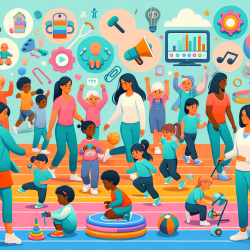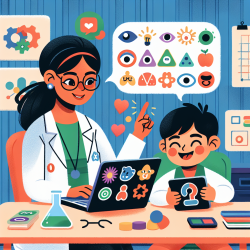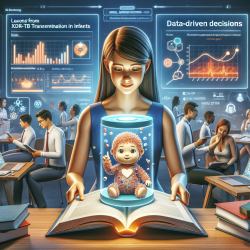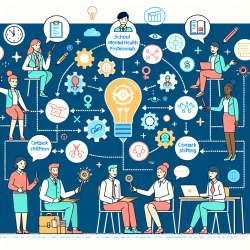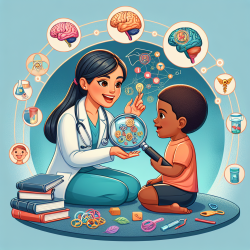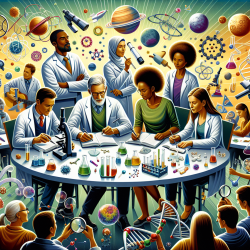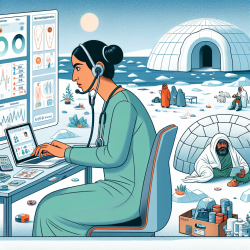In the ever-evolving landscape of child development, practitioners constantly seek innovative ways to enhance their skills and provide better outcomes for children. One such promising approach is understanding and implementing the concept of physical literacy. The research paper titled Exploring the Notion of Literacy Within Physical Literacy: A Discussion Paper delves into the nuances of physical literacy and its profound implications for child development. Here, we explore key takeaways from this research and how practitioners can leverage these insights to improve their practice.
Understanding Physical Literacy
Physical literacy, as defined by the International Physical Literacy Association (IPLA), encompasses the motivation, confidence, physical competence, knowledge, and understanding to value and take responsibility for engagement in physical activities for life. This broad definition underscores the importance of not just physical skills but also the cognitive and emotional aspects that contribute to a holistic understanding of physical activity.
Key Insights from the Research
The paper highlights several critical intersections and areas of tension associated with the interpretation and implementation of physical literacy:
- Discourse and Language: The research emphasizes the importance of clear communication and consistent terminology when discussing physical literacy. Practitioners should be mindful of the language they use to ensure it aligns with the broader, richer understanding of literacy.
- In/Tangibility of Literacy: Literacy, including physical literacy, is often viewed as an intangible concept. Practitioners are encouraged to recognize the dynamic and multifaceted nature of physical literacy, which goes beyond mere physical skills to include cognitive and emotional dimensions.
- Capturing Literacy: The research cautions against oversimplifying physical literacy into measurable outcomes. Instead, practitioners should focus on creating environments that nurture ongoing development and reflective practices.
- Literacy as a Process or Product: Physical literacy should be viewed as a lifelong process rather than a finite product. This perspective encourages continuous growth and adaptation, essential for child development.
- Connotations of Literate and Illiterate: Avoiding reductionist labels like "literate" or "illiterate" is crucial. Practitioners should adopt a more inclusive and holistic approach, recognizing that every child is on a unique journey of physical literacy.
- Neoliberalism and Literacy: The paper discusses the impact of neoliberal ideologies on the concept of literacy, urging practitioners to resist commodifying physical literacy and instead promote it as a means of holistic human flourishing.
- Literacy as Learning: Embracing literacy as an ongoing learning process helps practitioners create more inclusive and supportive environments for children.
Implementing Physical Literacy in Practice
To effectively implement the insights from this research, practitioners can adopt several strategies:
- Adopt a Holistic Approach: Recognize that physical literacy encompasses more than physical skills. Incorporate activities that promote cognitive and emotional development alongside physical competence.
- Foster Reflective Practices: Encourage children to reflect on their physical activities and experiences. This helps them develop a deeper understanding and appreciation of their physical literacy journey.
- Create Inclusive Environments: Design activities that cater to diverse abilities and backgrounds. Avoid using labels that might discourage children and instead celebrate individual progress and effort.
- Promote Lifelong Learning: Emphasize that physical literacy is a continuous process. Encourage children to set personal goals and pursue physical activities that they enjoy and find meaningful.
Encouraging Further Research
While this discussion provides valuable insights, the field of physical literacy is vast and continually evolving. Practitioners are encouraged to delve deeper into the research, explore new methodologies, and contribute to the growing body of knowledge. Engaging with the latest studies and collaborating with peers can lead to more innovative and effective practices.
To read the original research paper, please follow this link: Exploring the Notion of Literacy Within Physical Literacy: A Discussion Paper.
